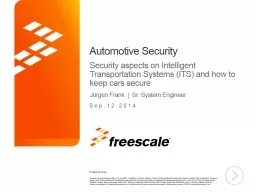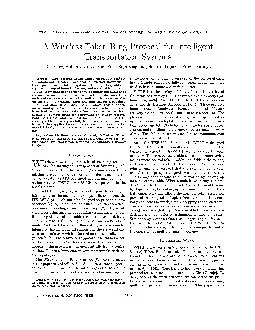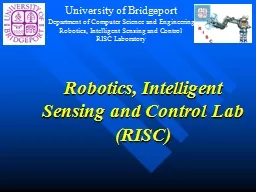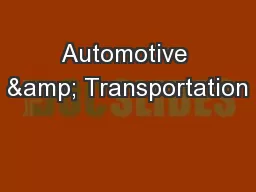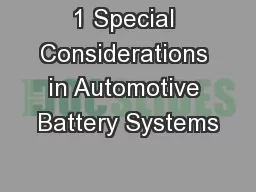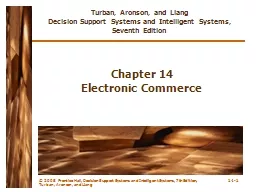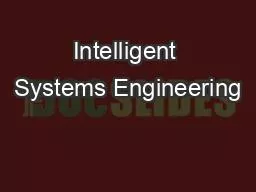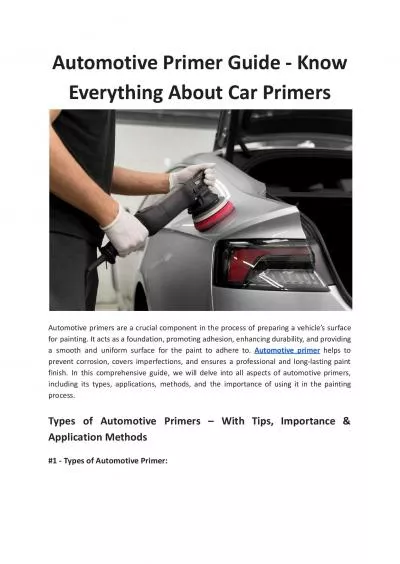PPT-Automotive Security Security aspects on Intelligent Transportation Systems (ITS) and how
Author : myesha-ticknor | Published Date : 2018-11-16
Sep122014 Jürgen Frank Sr System Engineer Agenda Introduction Automotive Security Use Case Security Timeline Standards EVITA SHE HSM TPM Security Modules
Presentation Embed Code
Download Presentation
Download Presentation The PPT/PDF document "Automotive Security Security aspects on ..." is the property of its rightful owner. Permission is granted to download and print the materials on this website for personal, non-commercial use only, and to display it on your personal computer provided you do not modify the materials and that you retain all copyright notices contained in the materials. By downloading content from our website, you accept the terms of this agreement.
Automotive Security Security aspects on Intelligent Transportation Systems (ITS) and how: Transcript
Download Rules Of Document
"Automotive Security Security aspects on Intelligent Transportation Systems (ITS) and how"The content belongs to its owner. You may download and print it for personal use, without modification, and keep all copyright notices. By downloading, you agree to these terms.
Related Documents

